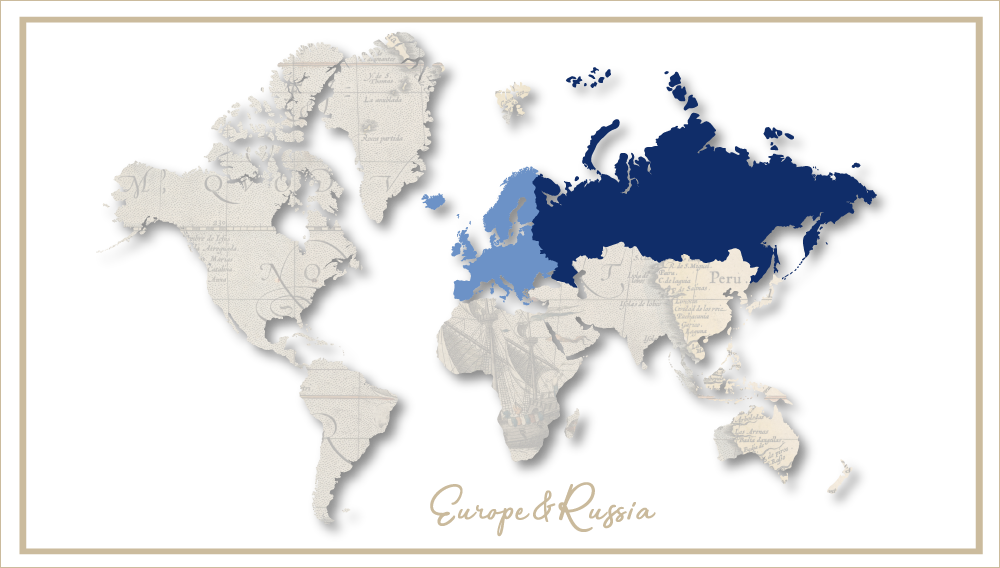Mammon and morals
In the beginning, there was one blue-and-silver can and it promised energy and vitality. And when its creator saw that it was good he named it Red Bull. That was in 1996 and he kick-started a whole new beverage category, called “energy drinks”.
Many more energy drinks were to follow, but it took The Coca-Cola Company – after all global leader in the beverage industry – until 2006 to launch their own energy drink brand, Relentless.
Perhaps they saw the danger – children getting high on too much caffeine, youngsters getting drunk on vodka-Red Bull long drinks.
These moral concerns may have persuaded them to stay clear of the category.
But the fundamental law of market economy – growth – must have eventually persuaded Atlanta’s executives to change their minds. Finally, in February 2006 they launched their Relentless brand. The brand’s moniker “No half measures“ was a slap in the face of Red Bull since “Relentless” is sold in 500 ml cans – twice the size of a 250 ml can of Red Bull, and for the same price too.
In October 2008, Relentless was joined by the Monster brand in Coca-Cola’s portfolio through a distribution agreement with Hansen Natural Corp., a Californian family-owned company. The Coca-Cola system will distribute it in several western European markets and Canada.
Monster is the leading energy drink in the United States.
Immediately, market observers began to wonder if the distribution agreement is not the first step towards a full integration (read “purchase”) of Monster into the Coca-Cola system.
But would Coca-Cola really dare buy the Monster brand – given what they know about the category’s reputation among concerned parents, physicians and politicians?
For more than a decade, the professional worrymongers the world over have discussed whether sales of energy drinks to minors should be banned, not only because of the high caffeine and sugar content but also because of their popularity as a base for drinks mixed with spirits, preferably vodka.
To date, a growing number of schools in the U.S. have banned energy drinks from sale on their premises, as have schools in the UK. In Australia, the government of New South Wales is currently considering a total ban on caffeine loaded energy drinks in public schools. They follow countries like Norway, Uruguay and Denmark, where the category is illegal because of health fears.
All of the above may explain Coca-Cola’s cautious strategy – promote the stuff, distribute it, make big dollars on it, but don’t own the brand.
That way they can wash their hands of it whenever it becomes politically necessary.


